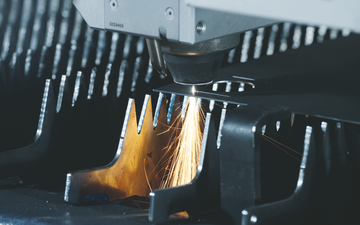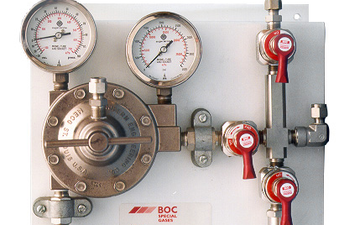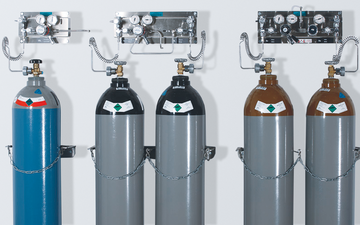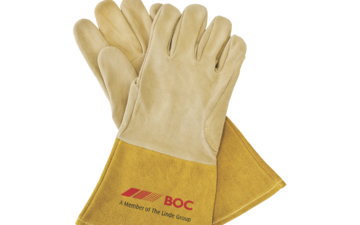Cutting of non-metals with air has been common for a long time. However, there are very few applications where air is used cutting of metals.
The main reasons are: cut quality is generally inferior to the quality achieved with oxygen and nitrogen, especially when cutting material thicker than 1.5mm; the lifetime of the focusing lens is generally shortened due to contaminants (oil, moisture, particles) which are always present in shop air; and, changing air quality would result in frequent parameter adjustments, which are generally disregarded especially if the machine is supposed to run unattended or in a light-out cycle.
If cutting with air can meet the required cut quality, thorough calculations should include compressed air (electricity, maintenance, spare parts for the compressor), optics, system shutdown and production failure rate.




